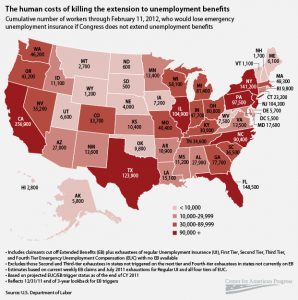Explaining The Bank Bailout
Interfluidity debunks the claim that large banks didn’t get bailed out because they repaid their TARP loans. and other forms of aid.
Cash is not king in financial markets. Risk is. The government bailed out major banks by assuming the downside risk of major banks when those risks were very large, for minimal compensation. In particular, the government 1) offered regulatory forbearance and tolerated generous valuations; 2) lent to financial institutions at or near risk-free interest rates against sketchy collateral (directly or via guarantee); 3) purchased preferred shares at modest dividend rates under TARP; 4) publicly certified the banks with stress tests and stated “no new Lehmans”. By these actions, the state assumed substantially all of the downside risk of the banking system. The market value of this risk-assumption by the government was more than the entire value of the major banks to their “private shareholders”. On commercial terms, the government paid for and ought to have owned several large banks lock, stock, and barrel. Instead, officials carefully engineered deals to avoid ownership and control.
The post continues.
After assuming the banking system’s downside risk, the US government engineered a wide variety of favorable circumstances that helped banks “earn” their way back to quasi-health. The government provided famous and obvious transfers like paying unwinding AIG swaps at 100¢ on the dollar. It forced short-term yields to zero and created an environment in which medium-term interest rates would be capped for several years, granting banks a near-risk-free arbitrage for a while. It emitted trillions in excess reserves on which it continues to pay interest. It forewent investigations and prosecutions that by law it should actively pursue, and settled what enforcement it could not avoid for token fees. Then there are the things conspiracy theorists and cranks like me suspect but cannot prove: that the government and the Fed have been less than aggressive in minimizing their costs when they or entities they controls (AIG, Fannie, Freddie) transact with large banks, that they have left money on the table where doing so could be hidden in arcane accounts or justified as ordinary transaction expenses and trading losses. Large banks have enjoyed some rather extraordinary results for allegedly efficient markets, quarters with large trading profits and no or very few losing days. Government housing policy is pretty overtly subject to a constraint that interventions must not provoke loss realizations for banks carrying bad loans at inflated values, or interfere with servicing revenues. …



 Email Sign-Up
Email Sign-Up RSS Feed
RSS Feed